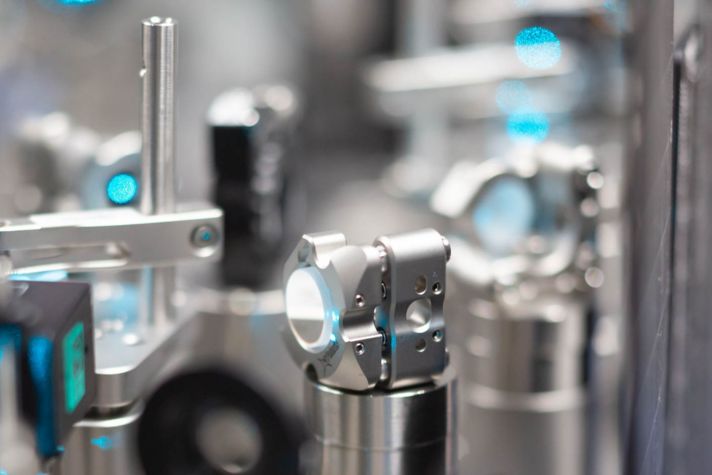-
Global
-
Africa
-
Asia Pacific
-
Europe
-
Latin America
-
Middle East
-
North America
- |
- BUSINESSES
- |
- Contact
- |
-
Global
-
Africa
-
Asia Pacific
-
Europe
-
Latin America
-
Middle East
-
North America
- |
- BUSINESSES
- |
- Contact
- |
You are browsing the product catalog for
You are viewing the overview and resources for
- News
- Quantum Milestone: 16-Fold Increase in Performance in a Year
Quantum Milestone: 16-Fold Increase in Performance in a Year
Honeywell Quantum Solutions has delivered on its promise to significantly increase the quantum volume of its trapped-ion computing technology.
Honeywell Quantum Solutions notched another important milestone this week with its trapped ion quantum computing technology.
The Honeywell System Model H1 became the first quantum computer to pass the Quantum Volume 1024 benchmark, a metric introduced by IBM to measure the overall capability and performance of a quantum computing system regardless of technology. (Calculating quantum volume requires a complex set of statistical tests. Data can be viewed here.)
The achievement marks a new record for performance in terms of quantum volume, and the third set by the System Model H1 since it was launched in fall 2020. It also fulfills a promise made last summer that Honeywell Quantum Solutions would increase the quantum volume of its commercial offerings by an order of magnitude each year for the next five years.
“We achieved what we set out to do,” said Tony Uttley, president of Honeywell Quantum Solutions. “Our goal is to provide users with the highest performing hardware as they work on solving real world problems. We believe that being able to quantify the increases in capability is important."
This is the latest in a string of accomplishments for Honeywell Quantum Solutions, which recently announced it was combining with Cambridge Quantum Computing to form the largest stand-alone quantum computing company in the world.
Over the past year, the Honeywell team:
- Launched two commercial computing systems. The System Model H0 was released in June 2020 followed by the System Model H1 four months later.
- Set four industry records for quantum volume. The System Model H0 debuted with a then-record quantum volume of 64. The System Model H1 launched with a quantum volume of 128, a new record, and through system upgrades, passed the quantum volume benchmarks of 512 in March and now 1024 in July.
- Developed and demonstrated the holographic quantum dynamics (holoQUADS) algorithm, which can accurately simulate a quantum dynamics model with fewer qubits than traditional methods. The algorithm could lead to quantum computers running more complex scientific simulations sooner than expected.
- Completed repeated rounds of quantum error correction and demonstrated it can detect and correct quantum errors in real-time while a computation is running.
- Forged several new collaborations with enterprise partners and businesses, including DHL, BMW, Nippon Steel, Samsung, and others.
Copyright © 2025 Honeywell International Inc.




